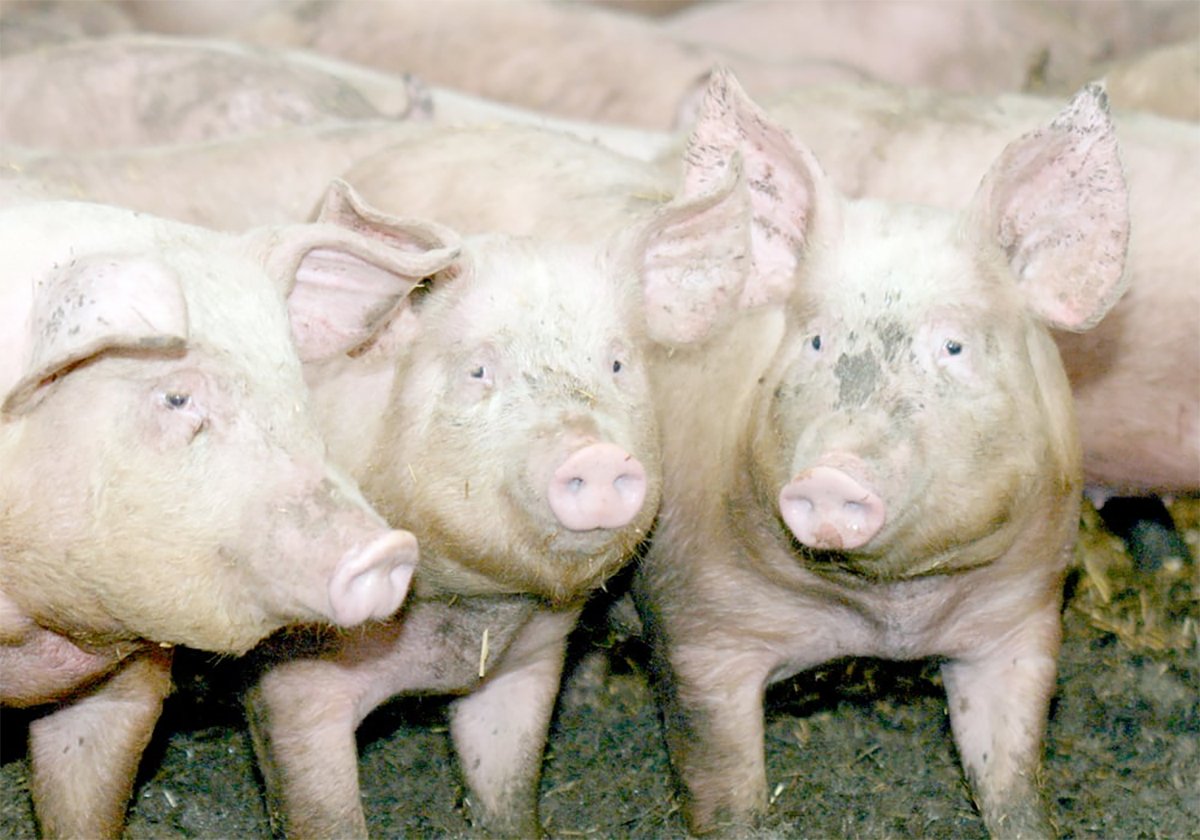LETHBRIDGE, Alta. – Tracing the deadly path of E. coli 0157:H7 is complicated detective work.
Scientists are just starting to unravel the mystery of this potentially fatal pathogen.
“We share the world with bacteria and most never cause any problems,” said Doug Viera of the University of Manitoba at the international beef symposium in Lethbridge Jan. 6-9.
Only a few studies have been done since the E. coli bacteria was recognized in the late 1980s as a food contaminant.
When cattle are slaughtered, E. coli in manure and mud stuck to the hides or in spilled stomach contents can contaminate the surface of the carcass. However, the deadly strain is not always present and research has begun to track when E. coli might be shed in feces.
Read Also

The Western Producer Livestock Report – November 13, 2025
Western Producer Livestock Report for November 13, 2025. See U.S. & Canadian hog prices, Canadian bison & lamb market data and sales insights.
Recent tests show there’s a greater chance that the deadly version of E. coli will show up in lightweight cattle entering a feedlot. Recently weaned, they may be stressed with a diet change, said Viera.
Animals susceptible
Another connection in the mystery indicates a high energy feed like barley may make some animals more susceptible.
More detailed studies on dairy herds are ongoing to see why E. coli contamination is higher in that sector. There are no firm conclusions and Viera said more research is necessary because tests results vary and the passing of the bacteria is intermittent.
One published study of feedlot cattle showed 63 percent of feedlots had at least one animal testing positive for E. coli in gastrointestinal systems. But the incidence of them passing it in their manure was low. A cow/calf study from Washington state showed 16 percent of herds carried the bacteria but less than one percent shed it.
Scientists know E. coli appears to be a seasonal problem. One British study showed there was a higher percentage of cattle shedding E. coli in their feces in April and May. In Canada, a similar study showed more incidents occurred in May to July, which is also barbecue season, said Viera.
To fight the problem, several major meat packing companies have installed steam pasteurization units. Each carcass is subjected to steam jets of 90 C for six to 10 seconds. Irradiation is another solution. This system was approved for red meat in the United States late last year but is not approved in Canada.
E. coli lives normally in the guts of ruminant animals. It causes no problem for cattle but can give humans bloody diarrhea and in severe cases, lead to kidney failure, particularly in young children.
“E. coli is a more dangerous problem than salmonella,” said Viera.
Undercooked hamburger is most often associated with this bacteria. However, it has also been found in unpasteurized apple juice, raw milk, water, mayonnaise and some vegetables.
Focus on hamburger
E. coli was first recognized as a pathogen in 1982 and is considered the cause of hamburger disease.
On the surface of steaks or roasts it poses no serious risk because bacteria are killed when the meat is cooked.
Bacteria in ground meat is spread throughout. E. coli in the middle of a hamburger patty is only killed when the meat is cooked to an internal temperature of 69 C.
The first serious recorded outbreak happened in 1993 when several children died after they ate burgers at the Jack in the Box fast food chain in the U.S. Pacific Northwest. The burgers were contaminated with E. coli, but no one ever learned the exact source of the meat.
In 1994, the United States Department of Agriculture declared E. coli 0157:H7 an adulterant and initiated a monitoring program.
The problem continued, however, and in 1996, 9,600 Japanese children became ill and 12 died. Contaminated radishes are believed to have caused the incident, said Viera.
In 1997, Hudson Foods in the U.S. initiated the largest food recall in history when 25 million pounds of hamburger were pulled from retail stores and distributors.















